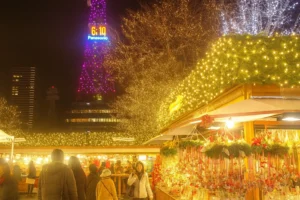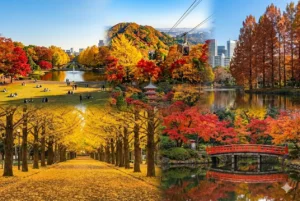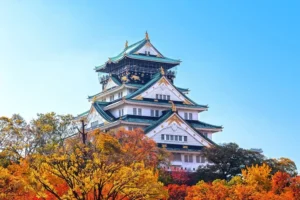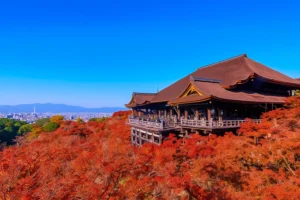Discover the Magic of Otagi Nenbutsu-ji: Kyoto’s Hidden Gem
Have you ever wondered what it feels like to step into a place where time seems to stand still, where whimsy and spirituality blend seamlessly? If you’re searching for an unforgettable experience in Kyoto, Japan, look no further than Otagi Nenbutsu-ji. This enchanting temple is not just another stop on your travel itinerary—it’s a journey into art, history, and soul-soothing serenity. But why does this hidden gem remain relatively unknown compared to other Kyoto landmarks? Let’s dive in and uncover its secrets together .
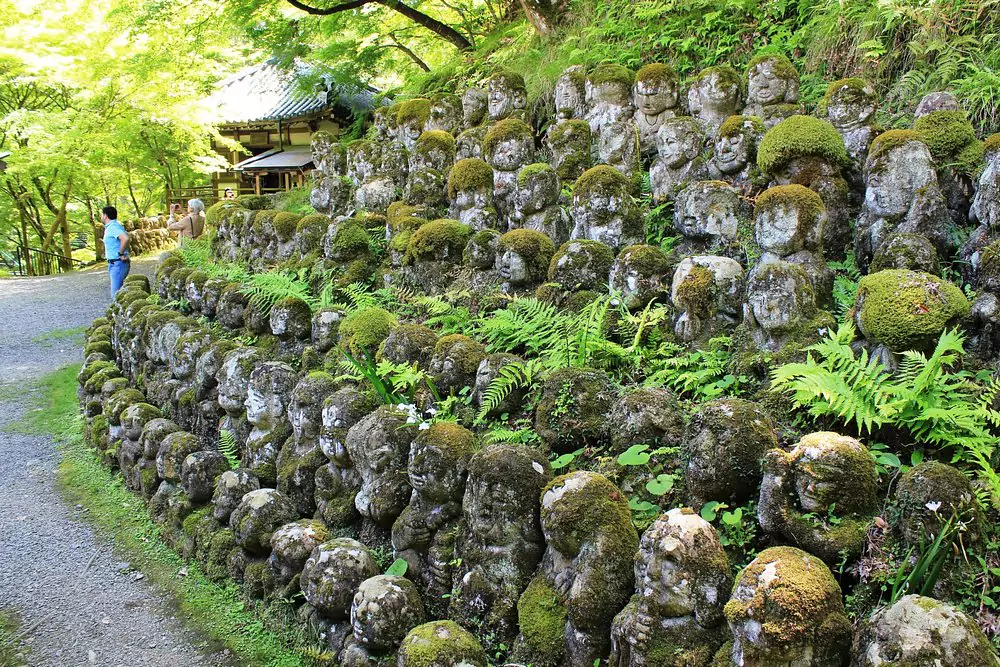
Table of Contents
Overview: What Makes Otagi Nenbutsu-ji So Special?
Nestled in the picturesque Arashiyama area of Kyoto, Otagi Nenbutsu-ji stands as a testament to creativity, resilience, and spiritual devotion. This delightful location stands out from many conventional temples by featuring over 1,200 one-of-a-kind stone statues of rakan, the disciples of Buddha. Each statue is intricately carved with its own unique facial expression and pose, showcasing a range of emotions from peaceful smiles to more dynamic expressions to quirky grins . Whether you’re a history buff, an art lover, or simply someone seeking tranquility, Otagi Nenbutsu-ji promises something special for everyone.
In this blog post, we’ll explore everything you need to know about this magical destination—from its fascinating backstory to practical tips for visiting. By the end, you’ll understand why this off-the-beaten-path temple deserves a top spot on your Kyoto bucket list!
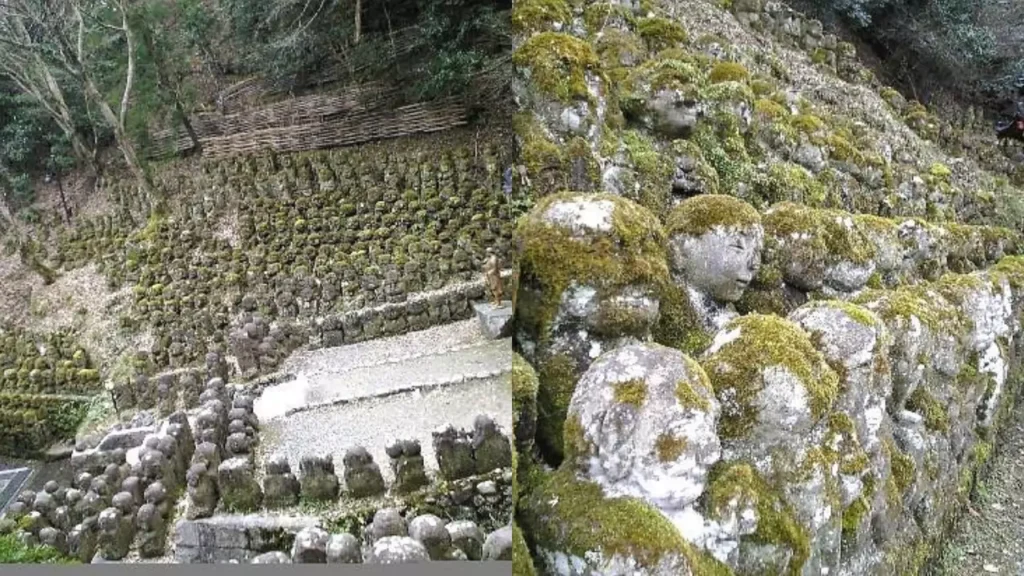
Exploring the Past: The Storied History of Otagi Nenbutsu-ji
The story of Otagi Nenbutsu-ji begins centuries ago, during the height of Japanese Buddhist culture. Originally established in the 8th century by Empress Shotoku, the temple has endured countless challenges, including natural disasters and relocations . Despite these trials, it emerged stronger, symbolizing resilience and rebirth—a theme deeply ingrained in Japanese philosophy.
One of the most remarkable chapters in its history occurred in the mid-20th century when local artisans and volunteers came together to carve the now-famous 1,200 rakan statues. These figures were created as offerings to honor the temple’s legacy and bring joy to visitors . Today, their playful designs continue to inspire awe and wonder among those who visit.
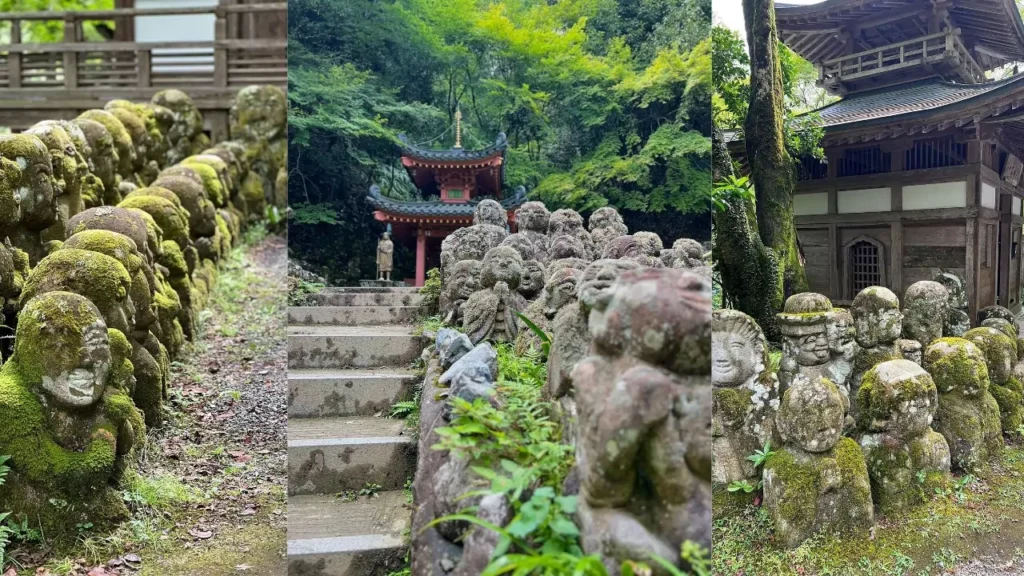
Why Visit Otagi Nenbutsu-ji? Top Reasons You Can’t Miss It
1. A Wonderland of Artistic Expression
Imagine walking through a forest of stone sculptures, each one telling its own story. From comical faces to serene meditative poses, the diversity of the rakan statues at Otagi Nenbutsu-ji ensures there’s always something new to discover . This artistic treasure trove makes the temple feel more like an open-air gallery than a traditional religious site.
2. Peaceful Atmosphere
Unlike some of Kyoto’s more crowded attractions, such as the Bamboo Grove or Kinkaku-ji (Golden Pavilion), Otagi Nenbutsu-ji offers a quieter, more intimate experience.Arriving early in the morning lets you fully immerse yourself in the tranquil atmosphere, free from interruptions. It’s an ideal spot to take a moment, reflect, and reconnect with your inner self .
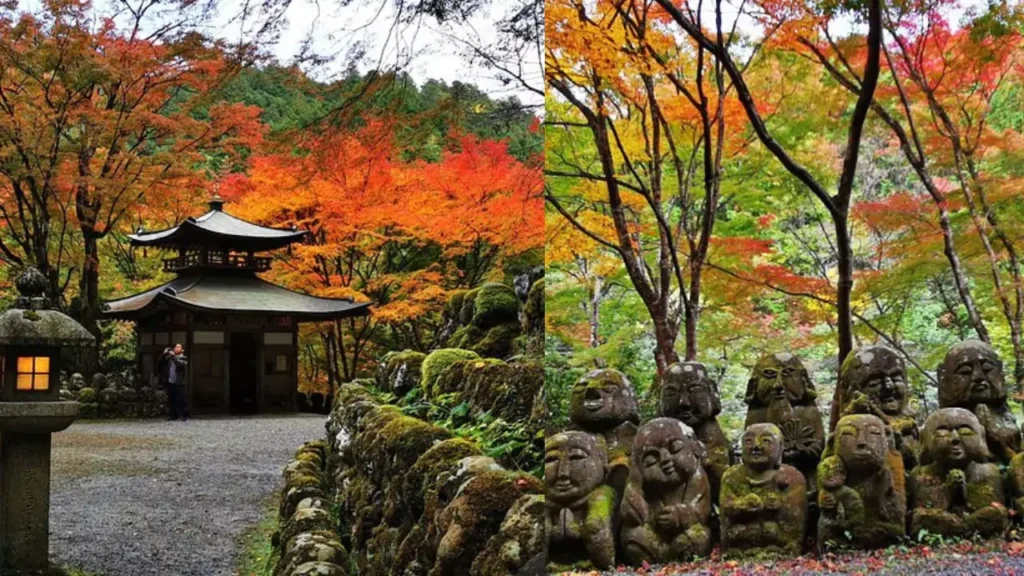
3. Stunning Scenic Views
Perched on a hillside along the historic approach to Mount Atago, the temple provides breathtaking views of the surrounding landscape . During autumn, the vibrant reds and oranges of the foliage create a mesmerizing backdrop that enhances the temple’s charm.
4. Nearby Attractions
After exploring Otagi Nenbutsu-ji, you can easily extend your adventure to nearby sights like the iconic Bamboo Forest, the Arashiyama Monkey Park, and the Sagano Romantic Train . Combining these destinations creates a full day of exploration and discovery.
How to Reach Otagi Nenbutsu-ji: Your Step-by-Step Guide
Getting to Otagi Nenbutsu-ji is simpler than you might think! Here’s how to reach this serene sanctuary in just five easy steps:
- Start in Kyoto City Center: Begin your journey from central Kyoto, whether you’re staying near Kyoto Station or Gion.
- Hop on the JR Sagano Line : and catch the train bound for Saga-Arashiyama Station .
- Walk or Take a Bus: From Saga-Arashiyama Station, either enjoy a scenic 20-minute walk uphill or hop on a local bus to get closer to the temple grounds.
- Follow the Signs: Once you’re close, follow the signs leading to Otagi Nenbutsu-ji. The path winds through lush greenery, adding to the sense of anticipation.
- Arrive and Explore: Congratulations—you’ve made it! Take a moment to appreciate the view before diving into the world of whimsical rakan statues.
Pro Tip: Wear comfortable shoes, as the terrain includes some inclines and uneven paths.
Tips for Making the Most of Your Visit
To ensure your trip to Otagi Nenbutsu-ji is as enjoyable as possible, here are a few insider tips:
- Visit Early or Late: To avoid crowds and fully immerse yourself in the tranquil atmosphere, aim to arrive right when the temple opens or later in the afternoon .
- Bring a Camera: With so many unique photo opportunities, you’ll want to capture every angle of this artistic wonderland.
- Respect Local Customs: While the temple welcomes visitors, remember to be mindful of its sacred nature. Speak softly, refrain from touching the statues, and dispose of trash responsibly.
- Combine with Other Activities: Pair your visit with nearby attractions like the Bamboo Grove or a ride on the Sagano Romantic Train for a well-rounded day trip .

The Cultural Significance of Otagi Nenbutsu-ji
Beyond its visual appeal, Otagi Nenbutsu-ji holds deep cultural and spiritual significance. Belonging to the Tendai branch of Japanese Buddhism, the temple stands as a testament to the lasting essence of devotion and communal harmony . The rakan statues, crafted by everyday people rather than professional artists, embody the idea that spirituality is accessible to all—not just monks or elites .
Visitors often leave feeling inspired by the temple’s message of hope and perseverance. Its ability to rise above adversity mirrors the human capacity to overcome challenges—a lesson that resonates universally.
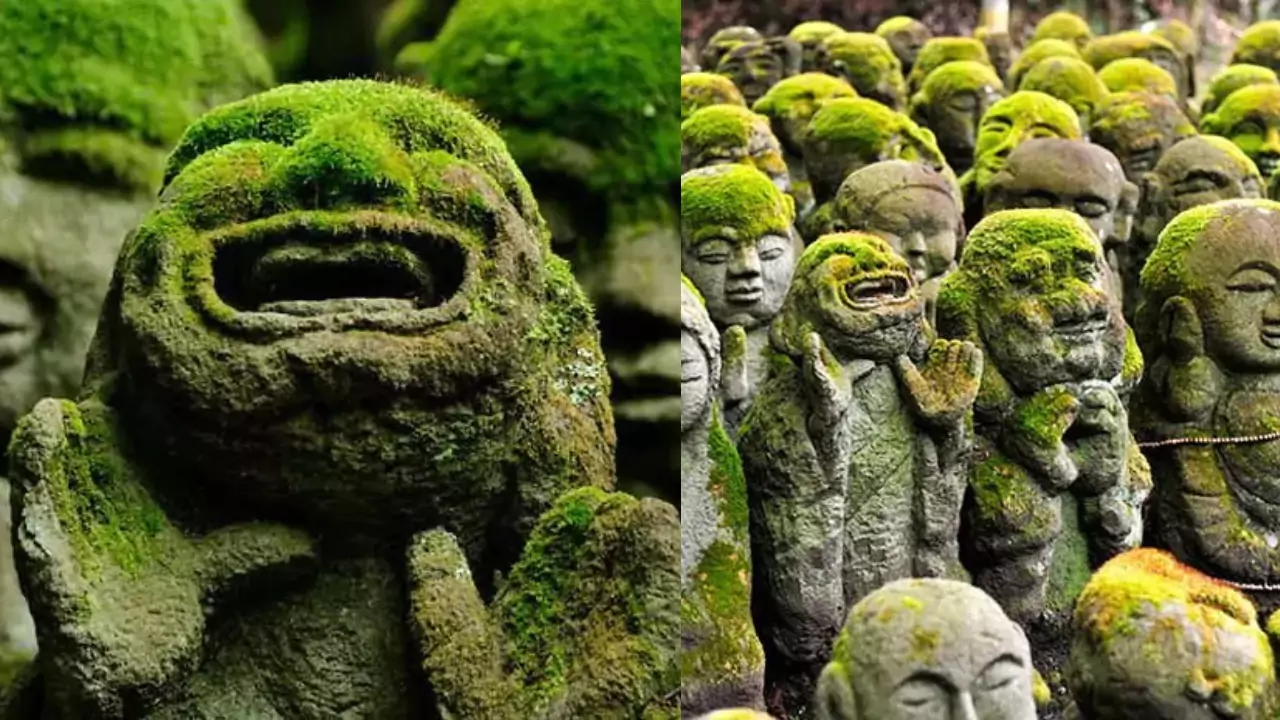
If you’re fascinated by the blend of history, spirituality, and natural beauty that defines Adashino Temple , you won’t want to miss exploring more hidden gems in Kyoto. For an unforgettable adventure beyond the temple grounds,click Here .
Conclusion: Why Otagi Nenbutsu-ji Deserves Your Attention
In a city brimming with iconic landmarks, Otagi Nenbutsu-ji shines as a hidden gem that captures the heart and imagination. Between its whimsical rakan statues, serene atmosphere, and rich history, this temple offers a truly unique experience that stands apart from the usual tourist trail. Whether you’re seeking artistic inspiration, spiritual reflection, or simply a break from the hustle and bustle of city life, Otagi Nenbutsu-ji delivers in spades.
So next time you’re planning a trip to Kyoto, don’t overlook this magical haven tucked away in Arashiyama. Trust us—you won’t regret making the journey!
FAQs About Otagi Nenbutsu-ji
Q1: How much does it cost to enter Otagi Nenbutsu-ji?
A: Entry to Otagi Nenbutsu-ji typically costs around ¥300–¥500 per person, depending on seasonal pricing. It’s a small fee for such a memorable experience!
Q2: Are there guided tours available?
A: While official guided tours aren’t widely offered, audio guides or informational pamphlets are usually available at the entrance. Alternatively, you can hire a private guide to enhance your visit.
Q3: Is the temple wheelchair accessible?
A: Unfortunately, due to its hillside location and uneven paths, Otagi Nenbutsu-ji may pose challenges for wheelchair users. However, staff members are happy to assist whenever possible.
Q4: When is the ideal time of year to plan your visit?
A: Spring (cherry blossoms) and autumn (fall foliage) are particularly stunning seasons to visit, though the temple’s charm remains constant year-round .
Q5: Can I take photos inside the temple grounds?
A: Yes, photography is allowed throughout the temple grounds. Just remember to respect the sanctity of the space while snapping pictures.



